How can I leverage influencer marketing in Web3?
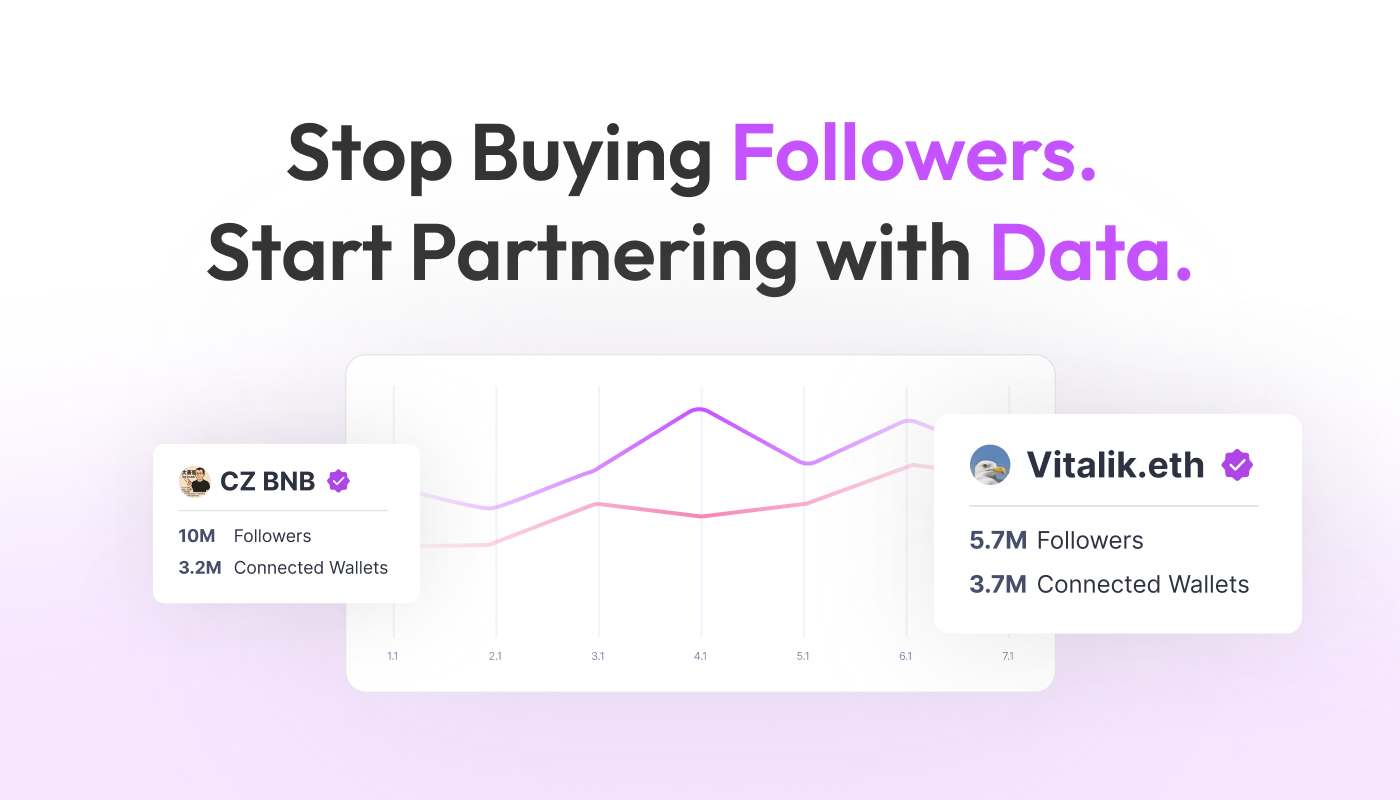
You just paid a crypto influencer $5k for a single tweet.
Crickets. No new users. No volume.
Why? Because you bought followers, not users. You bought reach, not resonance. The old Web3 influencer marketing playbook is broken, and it's costing projects millions.
In 2025, follower counts are a vanity metric. Real influence is verifiable on-chain. This guide will show you how to stop guessing and start building partnerships that actually drive growth.
The Old Playbook is a Trap
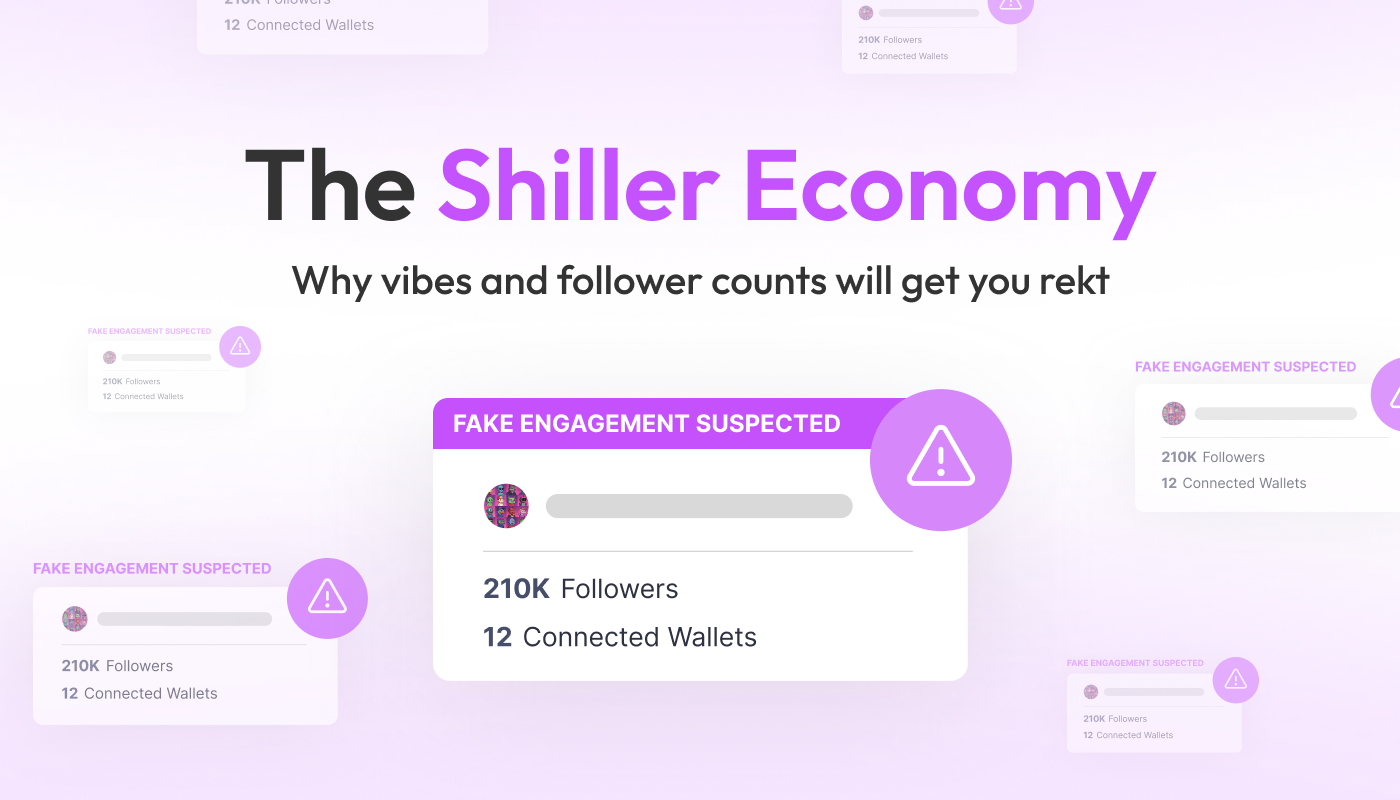
For years, projects chose partners based on two flawed metrics: follower count and vibes. This led to a predictable outcome: you paid a flat fee, got a short-term spike in likes from a disengaged audience, and saw zero impact on your bottom line.
This is the shiller economy. It’s a game of rented audiences and fake engagement. The new playbook makes this model obsolete.
The New Playbook: The Web3 On-Chain Influencer Audit
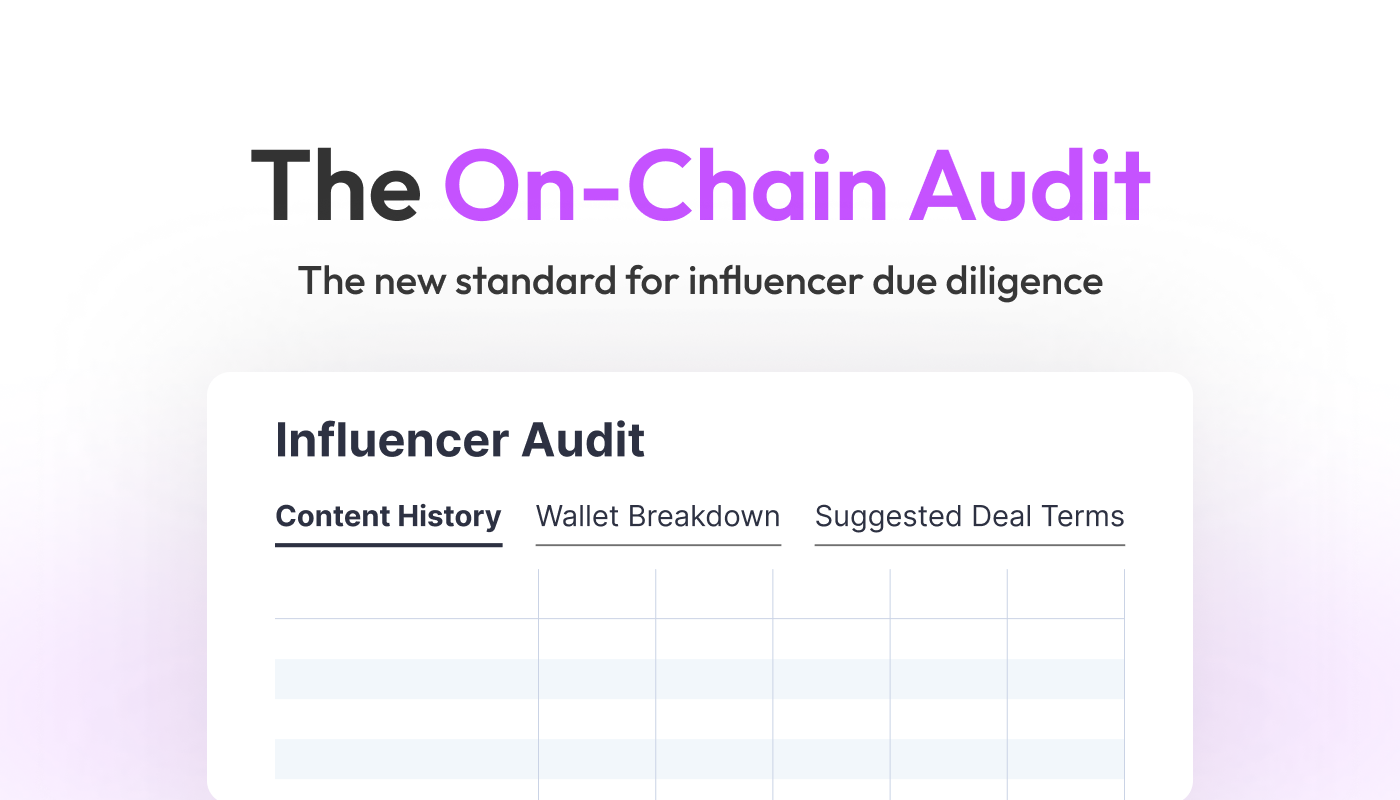
The most successful teams today run a data-driven "background check" before ever sending a DM. They analyze a web3 influencer's community on-chain to see if they are a good fit. Here’s how.
Step 1: The Vibe & Reputation Check Before you dive deep into their audience, get a quick signal on the influencer themselves.
- Content Analysis: Use tools like Kaito or Cookie3 to analyze their content history and "mindshare." Do they have a consistent, expert point of view in a specific niche, or do they jump on every new trend?
- Credibility Score: Get a signal on their authenticity with a tool like Twitterscore. It provides an on-chain social credibility score based on their activity, helping you filter out low-quality or bot-like accounts from the start.
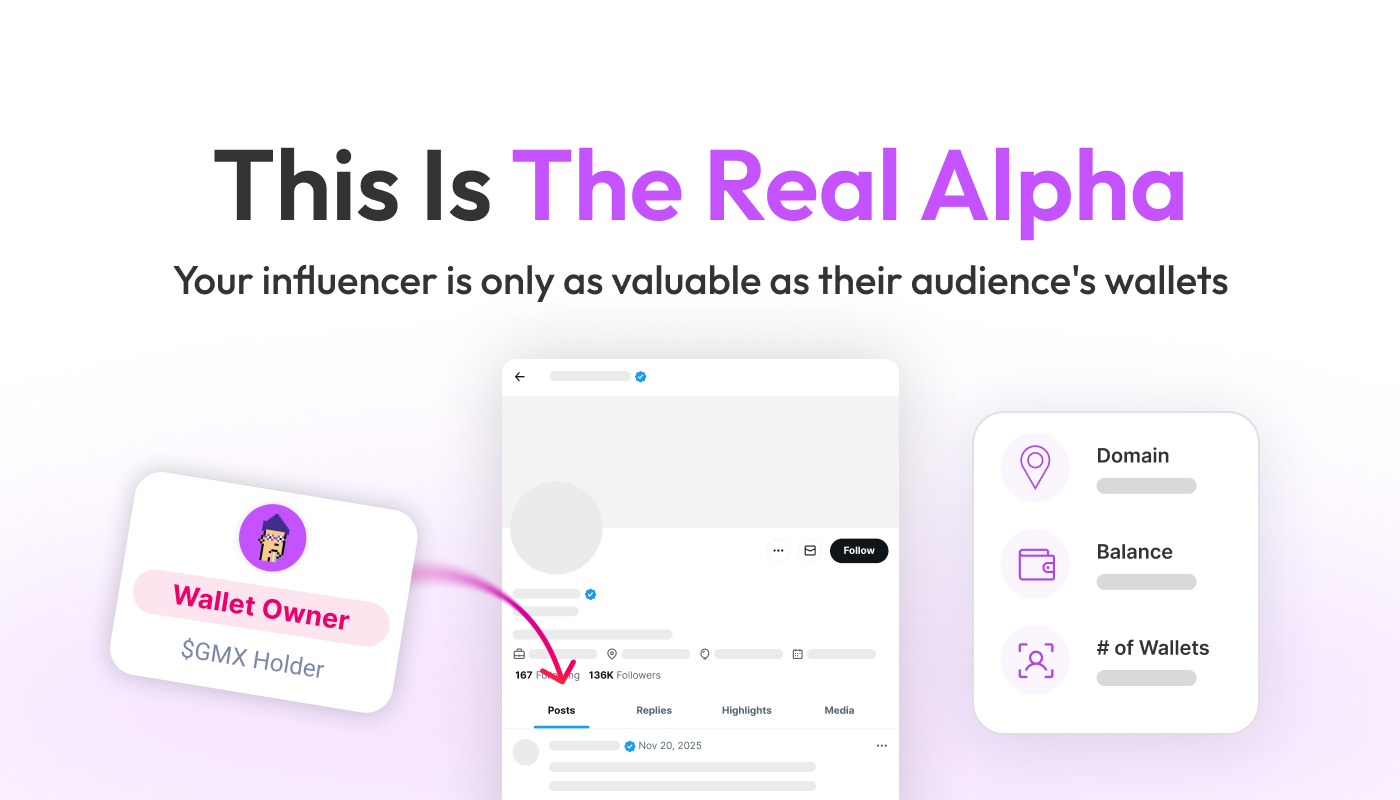
Step 2: Analyze Their Audience (The Wallet Deep-Dive) This is the alpha. This is where you separate the real partners from the fakes. You must analyze the wallets that follow and engage with them.
- Actionable Tip: Use a platform like Addressable to get answers to these critical questions:
- Wallet Quality: What percentage of their followers are real, active wallets versus bots or Sybil accounts?
- Audience Alignment: Do their followers actually hold tokens from your ecosystem (e.g., L2 tokens, DeFi governance tokens, specific NFTs)?
- Audience Value: What's the average wallet balance? Are you targeting dolphins and whales, or just a sea of minnows?
- Geographic Distribution: Where in the world are their followers really located? Is their "US audience" actually in the US?
Step 3: From Audit to Action (Structuring the Deal) Once your on-chain audit confirms you've found a real partner, you can structure a deal with confidence. While a tool like Twitterscore.io can't give you a price tag, the deep audience data you've gathered gives you all the leverage. Instead of a flat fee based on follower count, you can now propose a smarter, performance-based deal that aligns your success with theirs.
The Result: Data-Backed Partnerships That Win
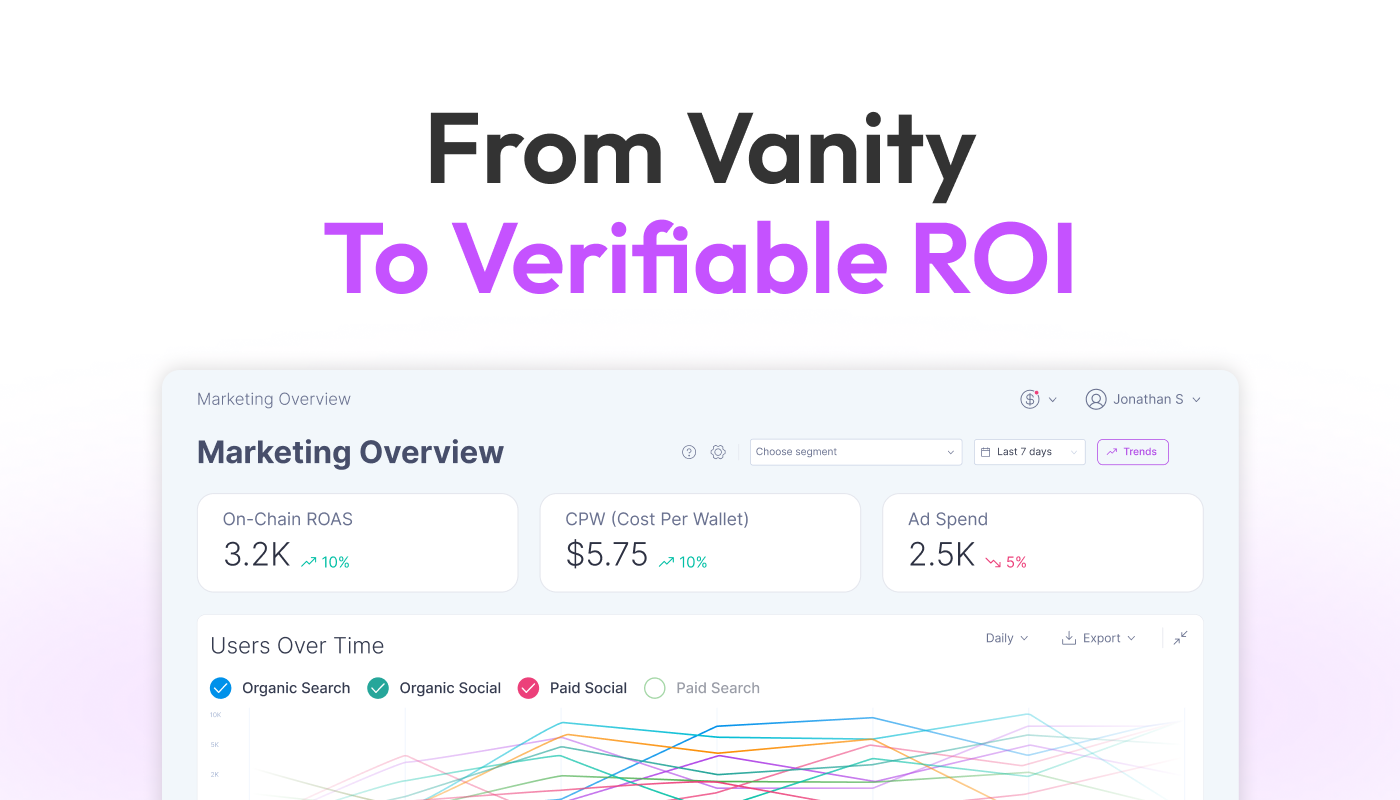
When you shift to an on-chain audit approach, your entire web3 marketing strategy changes. You no longer have to rely on trust; you can enter partnerships with a high degree of confidence, knowing you are reaching a real, relevant, and valuable audience.
This data-backed confidence allows you to structure smarter deals based on performance, building long-term relationships with web3 influencers who are truly aligned with your project's success.
After your campaign is live, this on-chain approach continues. You move beyond vanity metrics like likes and retweets and start measuring what truly matters:
- Track On-Chain Referrals: Use dedicated mint links or platform features to see exactly how many wallets came from an influencer’s campaign.
- Measure On-Chain ROAS: Connect your campaign spend directly to the on-chain revenue generated by those users. This is the ultimate metric.
The future of Web3 influencer marketing isn't about renting reach; it's about building verifiable, data-backed partnerships. The tools are here. It's time to start using them.

